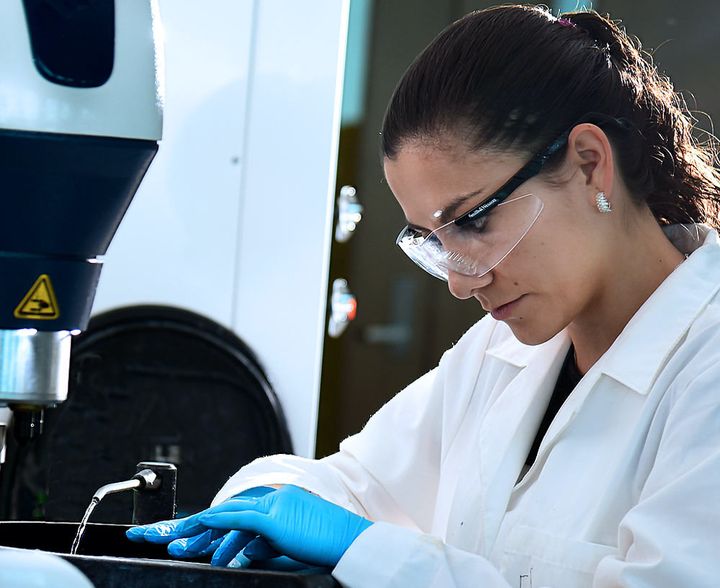
EOS announced a new partnership with the Texas A&M Engineering Experiment Station (TEES) to increase AM skills.
The press release says the purpose of the arrangement is to:
“Provide a professional development program in field of industrial 3D printing, also called additive manufacturing (AM). Using a combination of virtual learning with conventional training methods, the EOS and TEES training program offers a hands-on, expert-led training program to meet evolving industry needs and challenges.”
EOS’ consulting arm, Additive Minds, is to provide participants with expertise in both SLS and DLMS 3D printing processes, both of which are EOS’ forte.
You may not have heard of TEES, but it is quite an interesting organization. They describe themselves as follows:
”TEES is a state research agency that solves problems through applied engineering research and development and collaboration with industry, government and academia. As part of The Texas A&M University System, we are connected with world-class researchers and facilities throughout the Texas A&M System. Our dedicated staff helps to quickly turn ideas into results.”
Their near-2500 researchers in multiple centers perform experiments to solve practical engineering problems, and the organization also works directly with industry to disseminate knowledge. In particular, the new partnership has just completed a gig with NASA. They say:
“The program’s engaging open discussion, instructor interaction and enthusiasm, presentation of specific case studies and tools, and mixture of both ‘theoretical’ and ‘practical’ approaches were among the top highlights noted by participants.”
I find this move by EOS to be particularly interesting. It’s essentially an approach to distribute deep knowledge on the challenging tasks of 3D printing with SLS and especially DLMS processes. Metal 3D printing poses difficulties unseen with most other 3D printing materials and requires special attention. It’s not uncommon to see metal 3D print shops staffed with engineers who carefully set up production jobs.
That is surely a barrier to metal 3D printing growth: even if an organization can be convinced that it’s a good thing to undertake, they then have the issue of recruiting a skilled team to do the work. That’s difficult or even impossible in some regions, mostly due to the lack of widespread knowledge of the process.
It seems that EOS is attempting to bridge that gap by setting up another way to push that knowledge out and thus create more people capable of running metal (and SLS) 3D printers.
In a way, this suggests that at least EOS feels there is insufficient training in AM being done by educational institutions. Perhaps that will begin to change as these organizations take notice of the increase in use of the technology by major industries.
